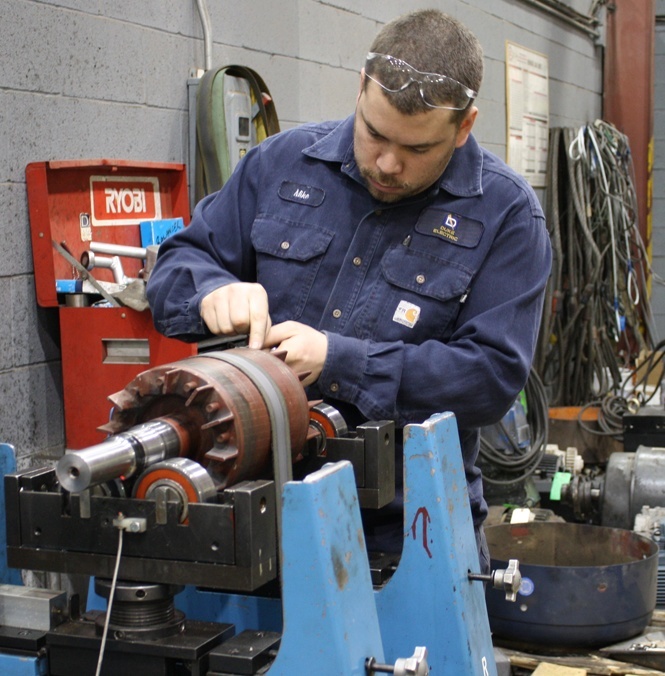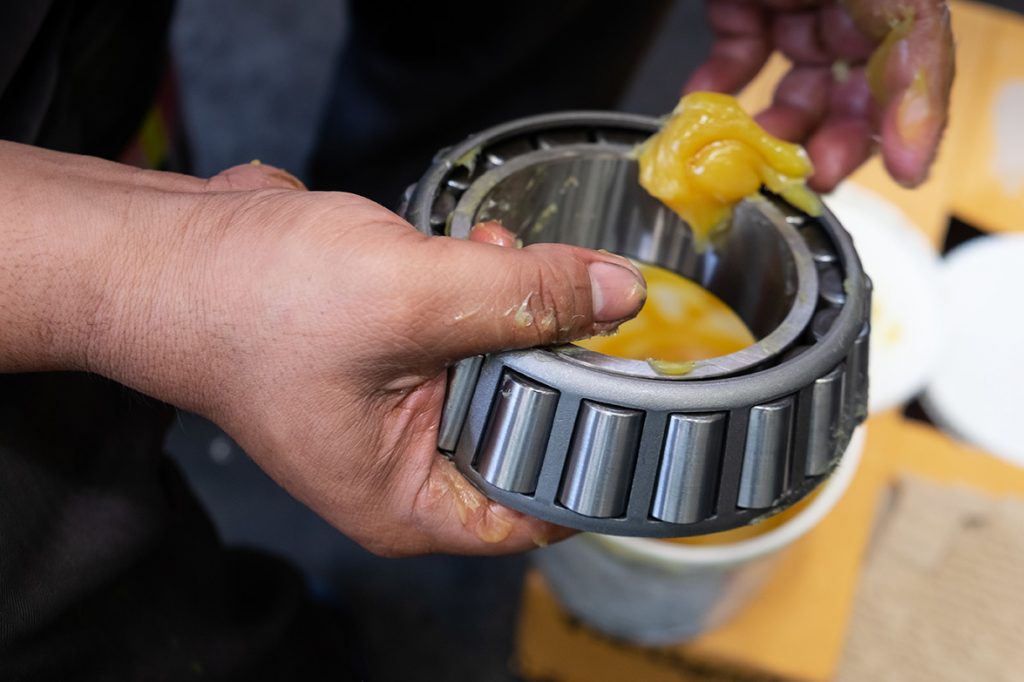Motor Testing 101: The Tools You’ll Need to Avoid a Breakdown August 4, 2022
One of the most important things to remember about motor testing is that it should be done as part of regular preventive maintenance, not when a motor is acting up. Even basic motor testing methods can save you time, money, and stress.
Data and testing techniques have evolved and advanced over the years to detect and troubleshoot motor problems. There are two main motor testing methods: de-energized and energized.
Types of Motor Tests
De-energized testing runs a motor through its paces while it’s shut down. This offline testing looks at insulation resistance, wire damage, and current leakage. It is also the safest means of testing.
Energized testing is the most common means of testing and provides a power quality snapshot. It takes place while the equipment is under a simulated load to reveal problems during operation. With the motor running, you can perform “dynamic testing” to identify balance, temperature, and distortion issues.
Motor tests measure the integrity of the motor using computer-guided tools and equipment that monitor trends and baselines within the motor. A wide range of diagnostic tools are available for troubleshooting motor issues, and each device can help shed light on the problem differently.
Motor Testing Tools and Techniques
- The Hipot Test
The Hipot test, or high potential/voltage test, is usually a 1-minute test at a specified voltage higher than the peak lead to lead operating voltage. This test ensures that the insulation used in your electric motor is doing its job. If the insulation is defective or not performing as expected, the results can lead to a power leakage or short circuits, which may cause motor failure or damage. A Hipot test can reveal issues with damaged insulation, stray wires, contaminants around conductors, and other defects.
- The Surge Test
Surge testing can reliably detect motor burnout and predict future motor failure. With the help of a testing machine, technicians can safely apply a voltage pulse – or surge – to every set of motor windings to isolate their performance. Surge testing can identify shorted motor conductor turns and failing insulation. It’s the most efficient way to find turn insulation weaknesses, which include coil-to-coil and phase-to-phase insulation.
- The Megger Test
The megohmmeter, or Megger test, allows for reliable, periodic testing of the overall insulation performance of motors. This test applies a high voltage for a specific period, measuring the leakage current through the insulation. This critical information can be recorded and graphed to evaluate the condition of a motor’s insulation over time, allowing operators to stay ahead of maintenance needs. There’s a high level of voltage involved in the Megger test, so it needs to be conducted very carefully.
- The Digital Multimeter
A digital multimeter is an all-encompassing tool for measuring volts, ohms, and amps. Digital multimeters combine the testing capabilities of single-task meters like the voltmeter, ammeter, and ohmmeter. These tools fall into a handful of categories, including general purpose, standard, advanced, compact, and wireless. What should you look for in a digital multimeter? From a feature perspective, it should have AC and DC voltage, resistance and continuity, and the ability to measure current. You should also make sure the multimeter is safety-rated.
- Power Quality Analyzer
The power quality analyzer takes the digital multimeter to the next level by adding the ability to assess power quality. These tools can help you trace voltage anomalies and harmonic distortion issues over time. Many of these sneaky events come and go in such a short period that they’re hard to define and detect. A power quality analyzer uses highspeed wave shape or event capture to identify these disturbances.
More testing tools are available, but we wanted to cover the big ones. To learn more about motor failure troubleshooting, repairing, and prevention, check out our guide.
Need help establishing a maintenance schedule? A critical motor assessment is your first step to increasing motor life, improving motor quality, increasing up-time, conserving energy, and avoiding catastrophe!







